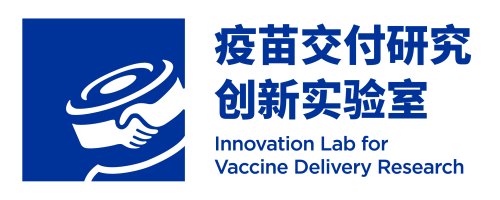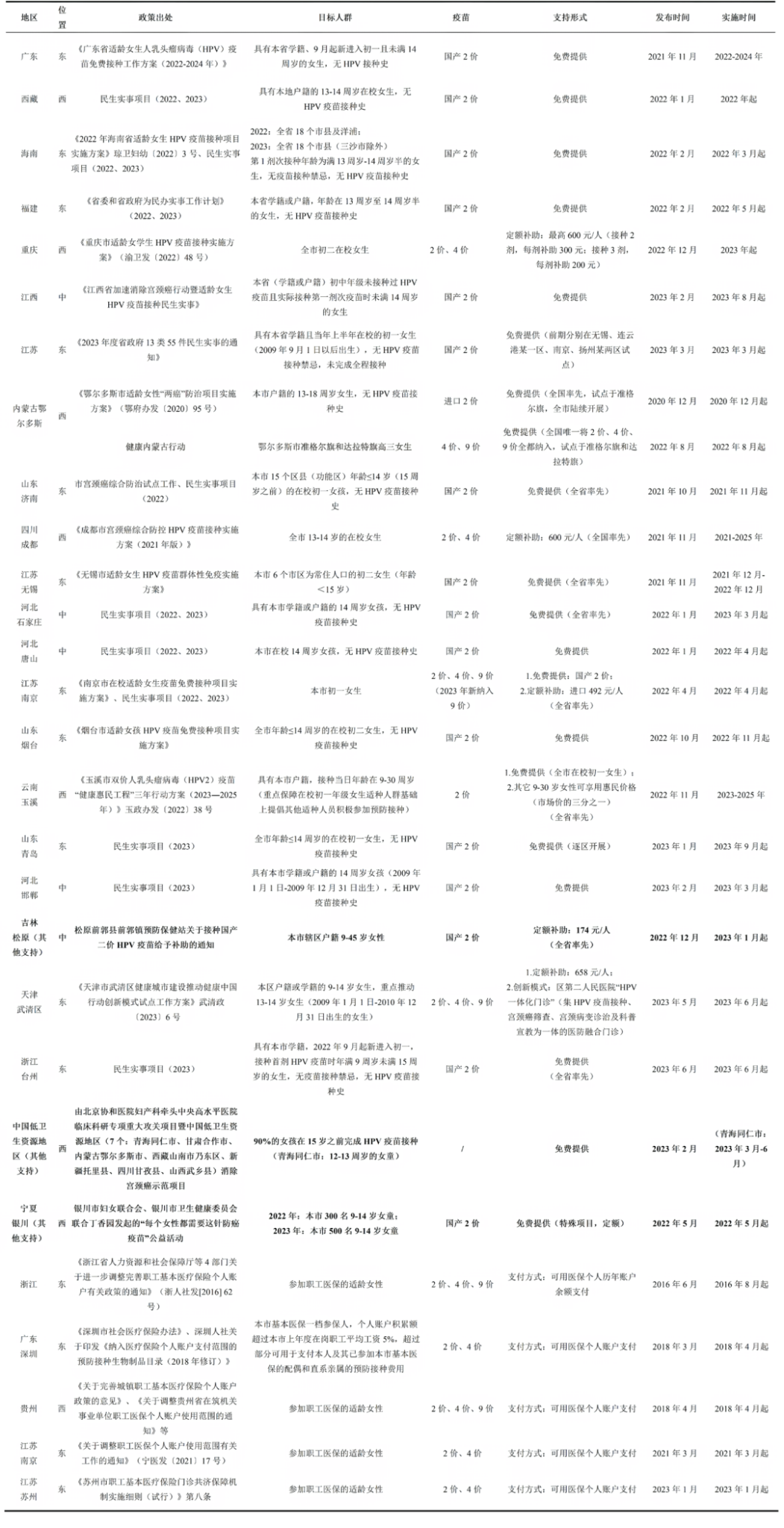Journal Content Recommendation
01
Zero-Dose Vaccination of Self-Paid Vaccines Among Migrant and Left-Behind Children in China: Evidence from Zhejiang and Henan Provinces
This study, published in Vaccines by Xiaolin Xu (Zhejiang University) et al. , aims to examine the prevalence and determinants of zero-dose self-paid vaccination among migrant and left-behind children in China, with the broader goal of assessing vaccine equity. A cross-sectional survey was conducted in urban areas of Zhejiang Province (characterized by a large migrant child population) and rural areas of Henan Province (with a high proportion of left-behind children), enrolling a total of 1,648 children aged 1–6 years and their caregivers. Based on residential and migration status, children were classified into four categories: urban local children, migrant children, non-left-behind rural children, and left-behind children.
Data were collected on self-paid vaccine uptake (including Hib, varicella, rotavirus, EV71, and PCV13 vaccines), caregiver socioeconomic status, immunization knowledge, vaccination experience, and related influencing factors. Log-binomial regression models were employed to estimate prevalence ratios (PRs) of zero-dose vaccination across different child categories.
Findings revealed an overall zero-dose prevalence of 12.5%, with the lowest among urban local children (4.3%), and significantly higher rates observed among migrant children (5.8%), non-left-behind rural children (19.7%), and left-behind children (19.6%). Compared to urban local children, migrant (PR = 1.29; 95% CI: 0.69–2.41), non-left-behind (PR = 4.72; 95% CI: 3.02–7.37), and left-behind children (PR = 4.79; 95% CI: 3.03–7.56) were more likely to have received no self-paid vaccines. Younger age (1–2 years), later birth order, older caregiver age (>35 years), and lower caregiver education (elementary school or below) were associated with increased likelihood of zero-dose status. Conversely, children under the care of non-parental guardians and those from households with lower income were more likely to have received at least one self-paid vaccine.
Analysis of the reasons for zero-dose status indicated that the predominant barrier among caregivers of migrant and rural children was lack of information on where to obtain vaccines, with 82.3%–93.8% of respondents reporting “not knowing where to get vaccinated.”
The study concludes that migrant and rural children should be prioritized in self-paid vaccine promotion strategies to advance the WHO Immunization Agenda 2030 goal of “leaving no one behind.” Policy interventions should focus on tailored health education, improving vaccine service accessibility, and supporting informed decision-making within families.
https://www.mdpi.com/2076-393X/13/2/118
02
Ten proposed measures to improve vaccination: Health care providers’ perspectives on promoting the vaccination intake of children with special healthcare needs in China
This article, published in BMJ Paediatrics Open, investigates healthcare providers’ attitudes, behaviours, and proposed strategies for improving routine vaccination services for Children with Special Healthcare Needs (CSHCN) in China. Through a cross-sectional qualitative design, the study recruited 21 healthcare professionals via purposive sampling, including community clinic physicians, paediatric specialists, and immunisation programme administrators.
The interviewees proposed ten key measures to enhance vaccination uptake among CSHCN:
- Using immunisation advisory clinics with government endorsement in tertiary children’s hospitals to provide vaccination services for CSHCN.
- Establishing a two-way referral network for advisory and community clinics and specifying which cases necessitate referral to advisory clinics.
- Using an interconnected information system to identify CSHCN, create immunisation records and suggestions, develop follow-up plans and monitor postvaccination safety, immune response effects and protection status.
- Supporting high-quality clinical research to update immunisation protocols for CSHCN.
- Providing clear and definite immunisation recommendations to parents of eligible CSHCN.
- Seeking immunisation advice from specialised professionals to enhance primary care capability.
- Creating quality improvement programmes to incrementally improve vaccine uptake for CSHCN.
- Considering immunisation status as a mandatory assessment during specialist visits and encouraging parents to catch up on immunisations after the primary condition has stabilised.
- Supporting off-label use of vaccines legally, such as delivering additional booster doses or beyond the age limit.
- Encouraging pharmaceutical companies to update vaccine package inserts and to outline unambiguously, comprehensively and clearly contraindications on vaccine package inserts.
The study concludes that improving vaccination rates among CSHCN requires comprehensive, system-level interventions, including policy refinement, intersectoral collaboration, revision of vaccine labelling, and provider education. It recommends that China’s National Immunisation Programme establish standardised immunisation pathways, create robust quality assurance and improvement mechanisms, and enhance the capacity of regional Centres for Disease Control and Prevention (CDCs) and primary healthcare facilities through training—ensuring timely and appropriate immunisation for CSHCN and effective prevention of vaccine-preventable diseases.
*Children with Special Healthcare Needs (CSHCN) refer to children who, due to chronic health conditions, congenital anomalies, immunodeficiencies, neurological disorders, or other medical complexities, require more extensive medical or support services than typically developing peers.
https://doi.org/10.1136/bmjpo-2024-002797
03
Delayed Transition to 20-Valent Pneumococcal Conjugate Vaccine in National Pediatric Immunization Programs: Public Health and Economic Losses
This article, published in Infectious Diseases and Therapy, aims to assess the public health and economic consequences of delayed incorporation of the 20-valent pneumococcal conjugate vaccine (PCV20) into national pediatric immunization programs (NIPs).
Utilizing a Targeted Literature Review (TLR) approach, the study included modeling analyses from 13 countries that evaluated the transition from lower-valent PCVs (PCV13 or PCV15) to PCV20. It estimated the foregone public health outcomes—specifically, pneumococcal disease cases and related deaths averted—as well as the foregone economic outcomes, including direct and indirect medical costs, resulting from delayed implementation of PCV20. The analysis spanned the first two years following hypothetical PCV20 adoption, with results disaggregated by year and by month. To ensure cross-study comparability and to align with short-term policy assessment needs, all outcome estimates were standardized to a 0% discount rate.
The results showed that, under a delayed transition scenario from PCV13 to PCV20, the monthly number of averted pneumococcal disease cases ranged from 40 in Slovakia to 1,740 in Canada during the first year. In the second year, these figures increased by 1.5 times in Sweden and up to 15–16 times in Germany and Mexico. Cumulatively, the number of disease-related deaths averted ranged from 18 in Spain to 2,657 in Germany. The foregone cumulative direct medical cost-savings due to delayed PCV20 implementation ranged from €930,000 in Portugal to €146 million in Germany. Similar trends were observed in transition scenarios from PCV15 to PCV20, although the magnitude of loss was slightly lower.
The study concludes that delaying PCV20 implementation in pediatric NIPs results in substantial and avoidable public health and economic losses. It underscores the urgency for National Immunization Technical Advisory Groups (NITAGs), policymakers, health agencies, and vaccine manufacturers to accelerate the transition from lower-valent PCVs (such as PCV13/PCV15) to PCV20, in order to maximize public health benefits and minimize preventable economic burdens.
*Targeted Literature Review (TLR): A focused evidence synthesis methodology designed to address specific research questions or policy objectives by systematically identifying and reviewing key literature. It enables rapid summarization of critical evidence, trends, and knowledge gaps to support informed research and decision-making.
https://doi.org/10.1007/s40121-025-01108-3
04
Attitudes and Beliefs About Vaccination Among Adults in the United States: A Real-World, Web-Based Cross-Sectional Survey Study
This article, published in Vaccine, investigates the attitudes and beliefs of adults in the United States regarding vaccination, with a particular focus on vaccine hesitancy and vaccine literacy across different demographic subgroups—namely, parents of children under 18 years and adults without minor children. The study aims to inform tailored strategies to increase vaccine uptake across populations.
Utilizing a cross-sectional design, the study collected data from 1,875 U.S. adults aged 18–60 years through a web-based questionnaire, including 1,183 adults without children under 18 (63.1%) and 692 parents (36.9%). Data were gathered using multiple-choice questions and a 5-point Likert scale, covering respondents’ perceptions of vaccine safety, efficacy, and importance, as well as primary sources of vaccine-related information. Analyses were stratified by parental status, race, and household income.
Key findings indicated that the majority of respondents agreed that vaccines are safe, effective, and an important means of protecting individual and family health. In terms of trust in vaccines, parents were more likely than adults without children to follow recommendations from friends, family, and colleagues (p < 0.001), and reported greater confidence in their ability to understand vaccine-related information (p < 0.001). Regarding information acquisition, doctors’ offices, public health agencies, and pharmacies were the most common sources. Parents were also more inclined than non-parents to actively seek out vaccine information (p = 0.005).
With respect to perceived convenience of vaccination services, pharmacies were rated as the most accessible location among adults without children, while parents preferred routine physician visits for vaccination. Racial and income subgroup analyses revealed that White respondents were more likely to follow healthcare provider recommendations, whereas Hispanic respondents reported the lowest levels of perceived vaccine safety and efficacy (p = 0.004). Respondents from higher-income households (≥$100,000 per year) had higher vaccination rates and reported greater ease in accessing and understanding vaccine-related information.
In conclusion, the findings underscore the need for differentiated, population-specific strategies to enhance vaccine acceptance. For parents, educational interventions focused on vaccine safety within their social networks may improve uptake. Expanding pharmacy-based vaccine promotion may be effective in reducing hesitancy among the broader adult population. Moreover, for low-income and racial/ethnic minority groups, public health efforts should prioritize vaccine advocacy and the provision of accessible, culturally appropriate information to improve overall immunization coverage.
https://doi.org/10.1016/j.vaccine.2025.126807
05
The association between adolescents’ knowledge and perception of HPV vaccination and parents’ characteristics: A cross-sectional study
Published in Applied Nursing Research, this study aimed to examine the influence of parents’ sociodemographic characteristics and vaccine hesitancy on adolescents’ knowledge and perception of the Human Papillomavirus (HPV) vaccination.
A cross-sectional design was adopted, involving questionnaire-based data collection from Italian students aged 11–13 and their parents. Adolescents completed the HPV Adolescent Vaccine Intervention Questionnaire (HAVIQ) to assess their knowledge of HPV and the HPV vaccine, emotional responses (e.g., fear and anxiety), self-efficacy, and involvement in vaccination decision-making. Parents completed the Parent Attitudes about Childhood Vaccines (PACV) survey to evaluate vaccine hesitancy.
A total of 74 student–parent pairs were included in the final analysis. Findings showed that 94.6% of parents were classified as “non-hesitant” (PACV total score < 50). Adolescents from families in which at least one parent held a university degree demonstrated significantly higher knowledge scores on HPV-related items (p = 0.048) and lower levels of fear and anxiety regarding vaccination (p = 0.011). Overall, adolescents reported high levels of self-efficacy, involvement in vaccine decision-making, and knowledge, particularly when family support was present.
The study concludes that parental educational attainment is significantly associated with adolescents’ cognitive and emotional responses to HPV and HPV vaccination, underscoring the critical role of familial context in shaping vaccine-related attitudes. These findings suggest the importance of developing targeted parental health education interventions to improve HPV vaccine uptake among adolescents.
https://doi.org/10.1016/j.apnr.2025.151899
Industry Update
Merck Suspends Supply of HPV Vaccine to China and Lowers Sales Forecast
Merck recently announced the suspension of supply of its HPV vaccine GARDASIL to the Chinese market, with the pause expected to last at least until mid-2025. Since the second quarter of 2024, the company has experienced a significant slowdown in GARDASIL sales in China, contributing to a 17% year-over-year decline in global GARDASIL revenue during the fourth quarter of 2024.
This supply suspension comes despite the recent approval by China’s National Medical Products Administration (NMPA) for a new indication of GARDASIL, extending eligibility to males aged 9 to 26. The decline in demand has led Merck to revise its 2025 revenue guidance downward to a range of $64.1 billion to $65.6 billion, falling below Wall Street analysts’ expectations of $67.4 billion.
According to Merck, the decision is intended to optimize inventory management, and the company reaffirmed that China remains a core strategic growth market for GARDASIL. Merck stated that it remains confident in the long-term potential of the Chinese market.
Resource: Merck Announces Fourth-Quarter and Full-Year 2024 Financial Results
Content Editor: Ruitong Li
Page Editor: Ruitong Li





